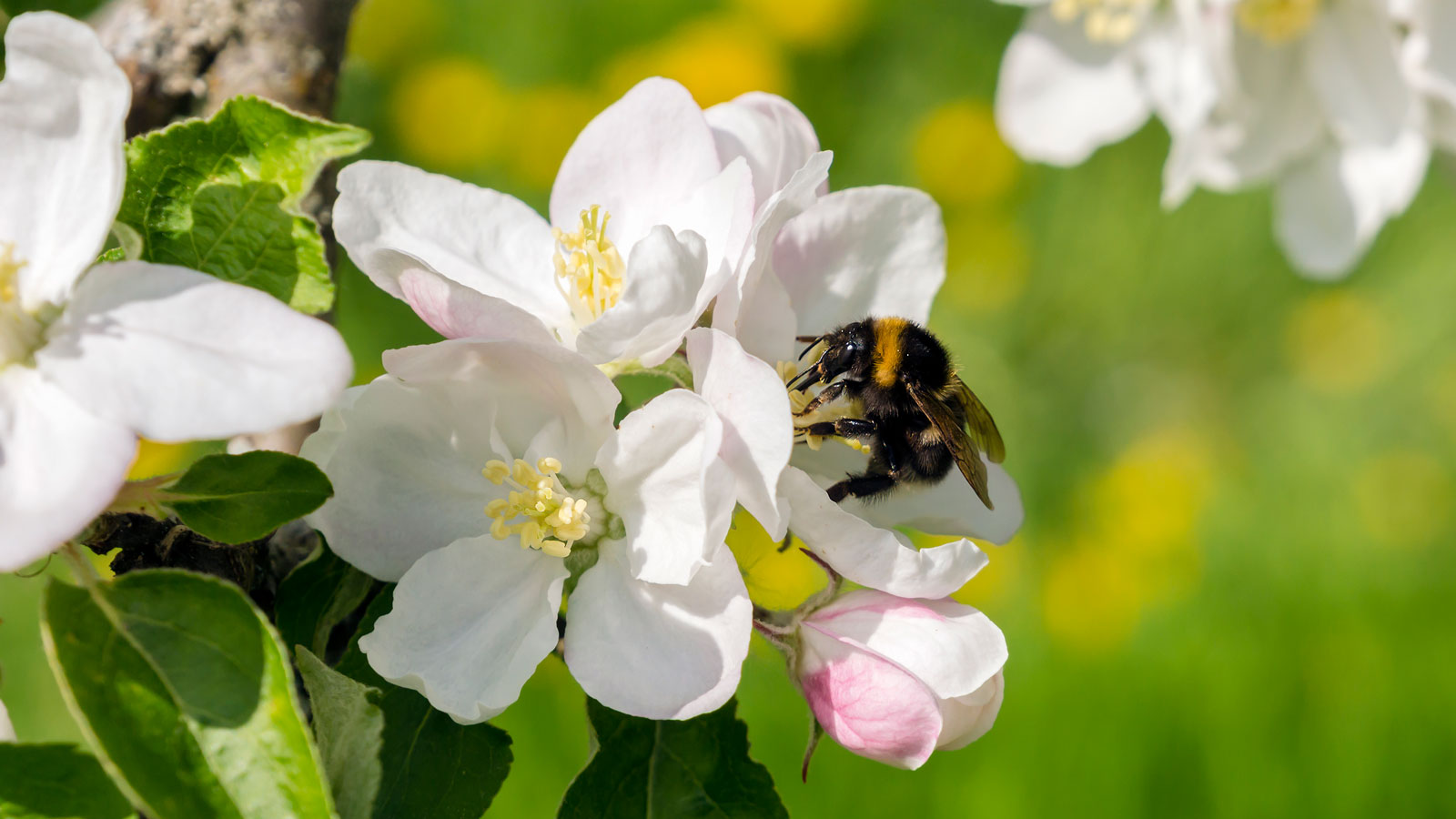
Fruit trees are as rewarding for their ornamental beauty as their harvest. They make a beautiful addition to any landscape, especially if you're interested in creating a biodiverse space. But growing fruit trees is not without challenges and there can be times when you need to spray them.
It's difficult to grow completely disease and pest-free fruit, but an acceptable level can be achieved with good management practices. The most important things you can do to prevent problems is to plant disease resistant varieties, prune and fertilize fruit trees properly, and clean up your backyard regularly to remove all dropped fruit and leaves that might be harboring pests and diseases.
Now is the time to take a good look at your fruit trees and assess how they are doing ahead of the main growing season and to check they are in the best possible shape. Pests and diseases affecting fruit trees tends to be a widespread problem, and even if you regularly carry out a solid care routine you may find that you still need to spray them. It's important to spray fruit trees at the right time of year and in the right way.
Dealing with fruit-tree pests: keep it natural if you can
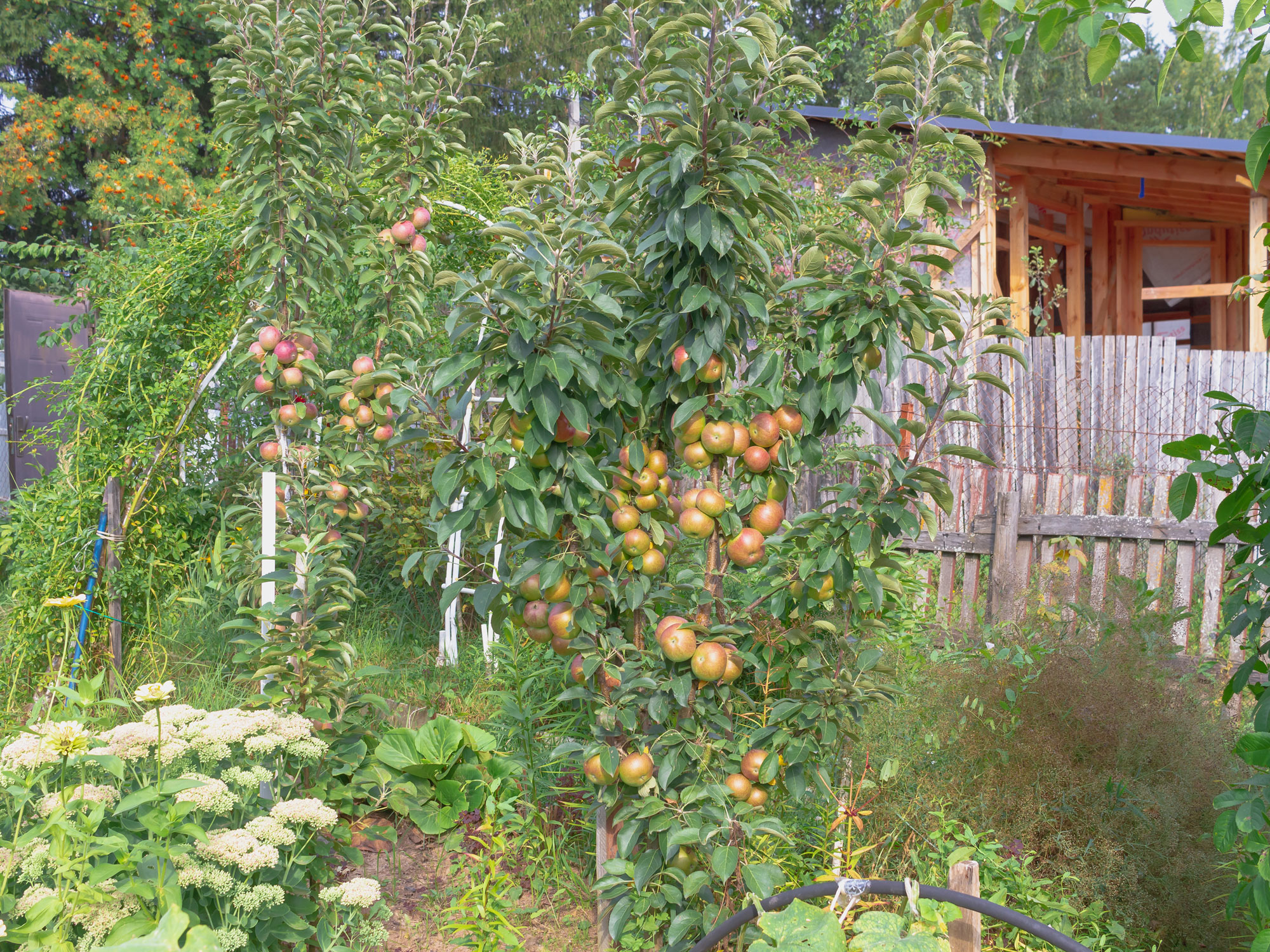
When dealing with pests and diseases that trouble fruit trees consider the right organic care package and management for your trees from the get-go, and spraying them might be avoidable.
'An organic orchard can be tricky because pests and diseases tend to creep in and you'll want to avoid fixing the problem with synthetic products,' says Annette Thurmon, homesteader @azurefarm, and author of Simple Country Living. 'Siting the trees in an area with good drainage sets them up for success and feeding them once a season with an organic fertilizer boosts the nutrients in their soil.'
Yearly pruning strengthens a fruit tree, increasing air flow among the branches, and allows sunlight to reach the interior of the tree's canopy, so it doesn't become a hiding place for pests and diseases.
Planting trees near the vegetable garden is also helpful. 'My garden is filled with plants like chives, mint, garlic, and marigolds that help repel pests,' says Annette. 'If you plant a solitary tree, consider adding herbs and other beneficial plants nearby.'
If your best plans go awry, find out how and when to spray fruit trees to deal with any unpleasant pests and diseases that might be threatening your precious crop.
When should I spray fruit trees?
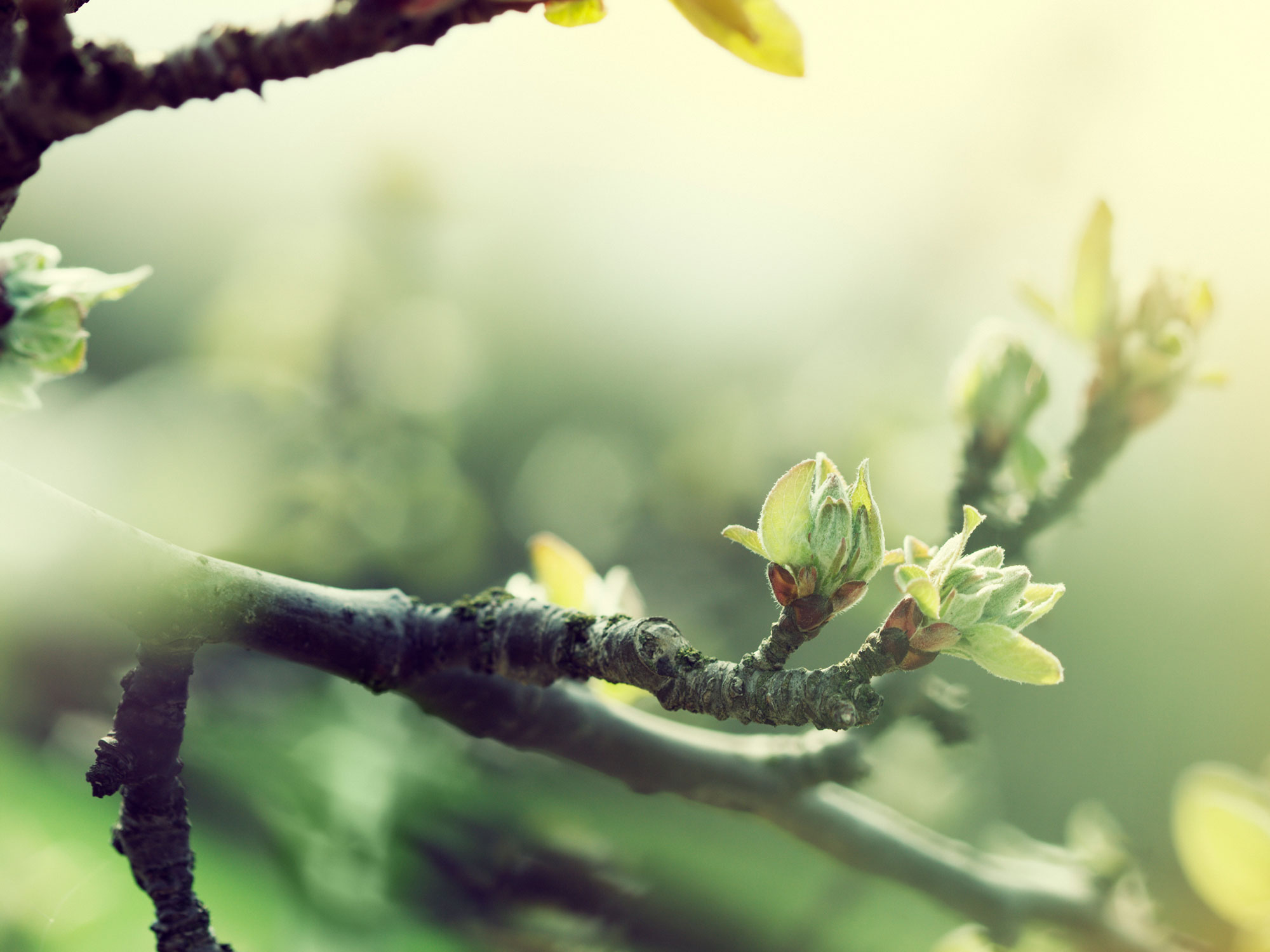
It's a good idea to spray fruit trees in spring after the last frost date in your area and after you've pruned your tree. This is because it's much easier to prevent diseases and pests on fruit trees than try to deal with them once they've taken hold. If there was intense pest activity during the previous growing season, it's even more important.
Spraying fruit trees during the cool season, from November through March, can help control pests that have taken up residence already that could potentially ruin your growing season. The window for spraying is from leaf fall to bud break. It's too late when you see flowers on the trees.
Although fruit trees are dormant during this time pests and disease organisms can overwinter in the bark. In late winter-early spring, sprays can be used on fruit trees to prevent diseases or insect infestations. These target insects before the buds begin to swell.
It's a good idea to wait until the daily temperature is at least 40 degrees F, and spray on a calm, dry day. If you choose to spray in cooler temperatures you could cause damage to the bark of fruit trees.
The weather is the greatest variable related to pest and disease control in fruit trees and much depends on your local climate. Warm, wet weather in spring favors more rapid development of problems such as apple scab, cedar apple rust, and mildew. Under such conditions, it may be necessary to spray more often to prevent infection.
How do I spray fruit trees in spring?
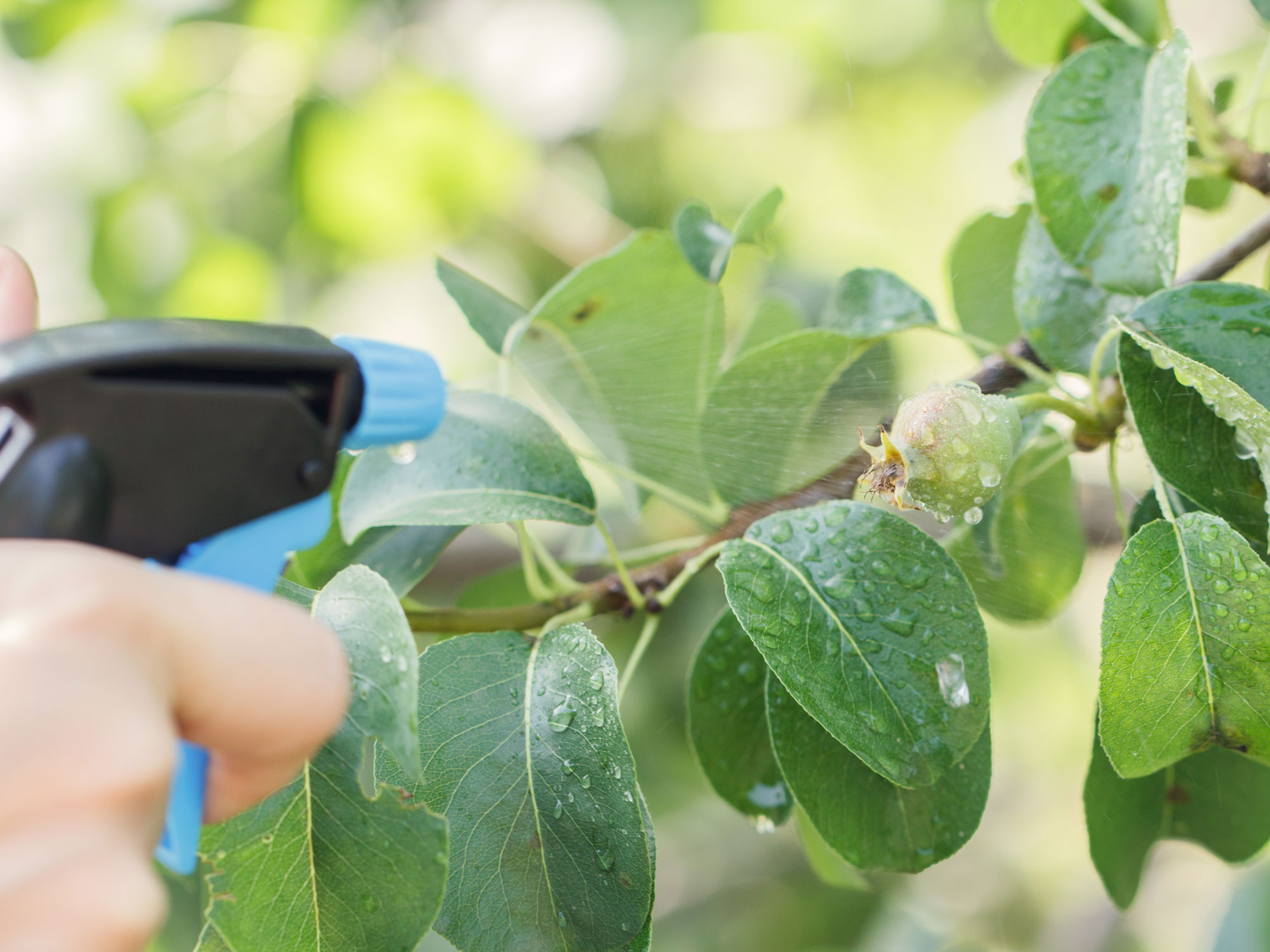
The best way to spray fruit trees in spring is with a dormant spray, which gets its name from the fact you use it when the fruit trees are not actively growing. Dormant spraying is more effective than waiting until the weather warms and pests become active. Fruit trees that benefit from this type of spraying include apples, pears, plums, peaches and cherries.
Basically a dormant spray is an oil-based product, typically petroleum, and is especially designed for use on fruit trees but it can contain vegetable or neem oil instead. It also contains surfactants so can be mixed with water as directed and sprayed on the trunk, branches and twigs of the fruit tree, making sure you fully coat all surfaces. You can either buy dormant spray, like this one from Walmart, or make your own with a mix of oil, detergent and water.
Using a dormant spray will control insects such as spider mites, aphids and scale by suffocating the eggs and larvae, as well as dealing with diseases like powdery mildew. Sometimes referred to as 'winter tree wash', once you've used it insects find it very difficult to lay their eggs on the treated bark.
Spray first thing in the morning or at dusk when bees and other beneficial insects are not checking out your fruit trees for food.
Price: $27.18
This dormant spray comes ready to use and in a spray bottle, meaning less hassle in mixing and decanting the solution.
Are there any other spraying methods?
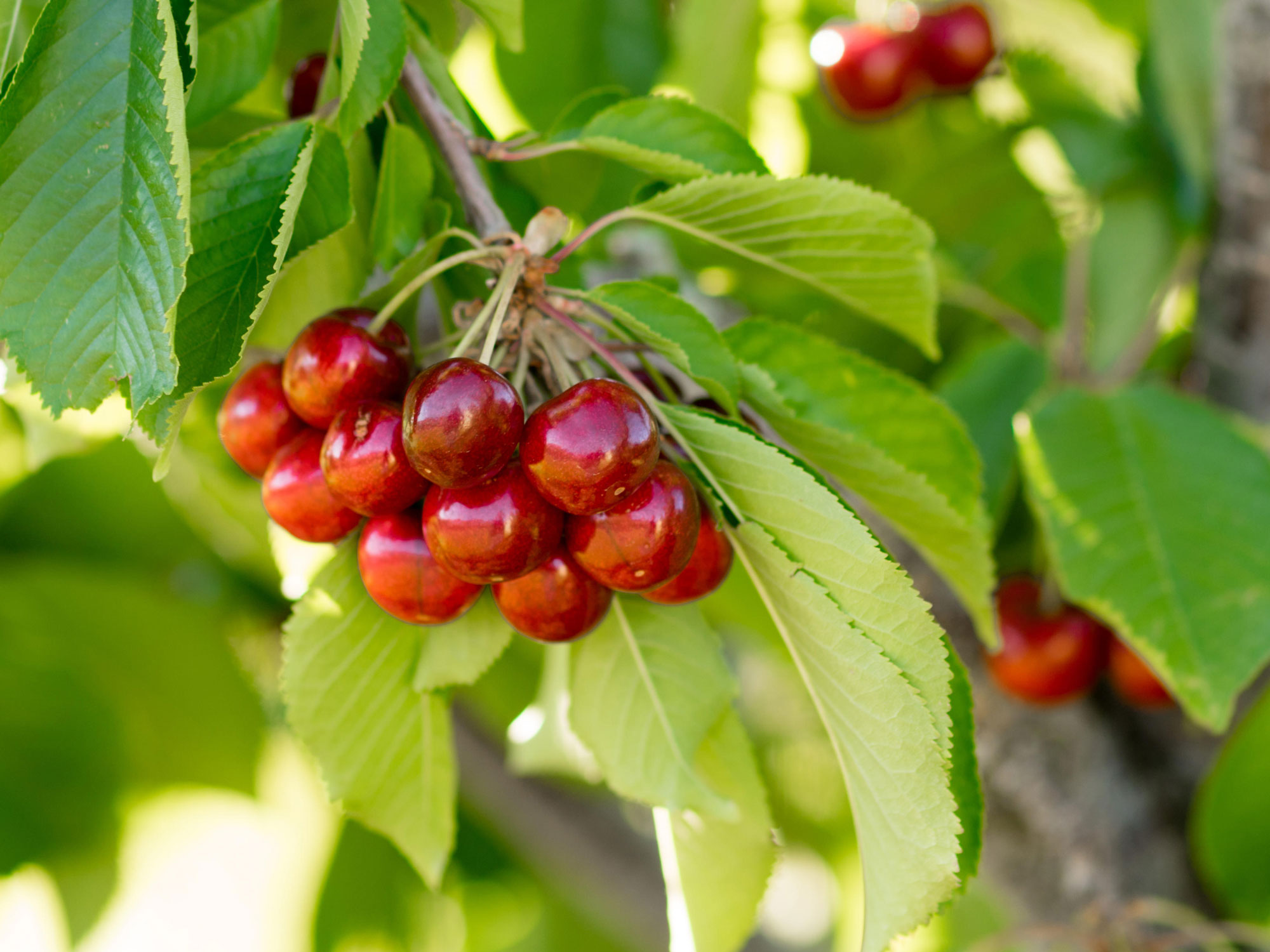
If you’re growing your own fruit, you won’t want to spray your fruit trees with any chemicals that could harm your crop, your family, or the environment. Chemical control should only be used as a last resort, as organic approaches are safer and more environmentally friendly, which includes protecting important fruit tree pollinators and beneficial insects like bees, beetles and wasps.
Always read the label when using any spray, and follow instructions carefully when using a fungicide or insecticide. All products, whether they are organic or synthetic, should be locked up where children and pets cannot access them.
Can I spray fruit trees at other times of year?
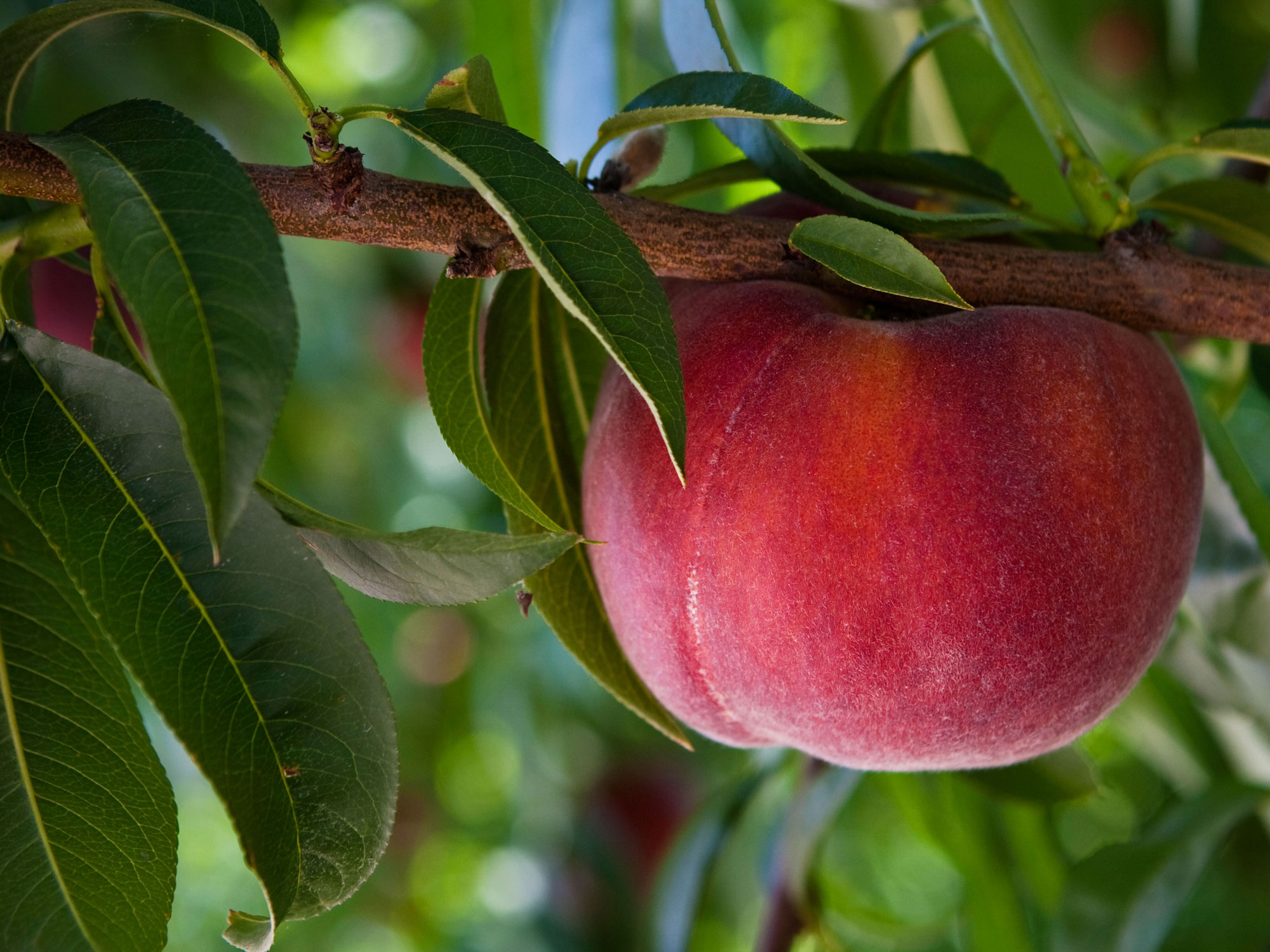
If your fruit trees are flowering it's never a good idea to spray since this can damage the flowers and the fruit. The general rule is that you can spray after they've finished blooming but never while the tree is in bloom or you'll harm bees and other beneficial pollinators.
However certain pests and diseases can also infect fruit trees during this time, such as fireblight, in which case you may need to spray either before full bloom or right after.
After the flowers finish blooming, you can spray against insects and other diseases. In fact, you can spray throughout summer until harvest time, depending on what you are trying to control and what spray you are using.
As far as possible though it's best to stick with that late winter-early spring window when considering when to spray fruit trees.







